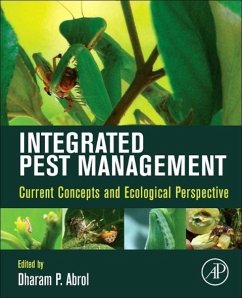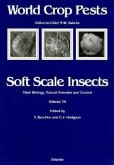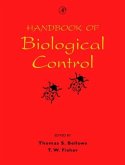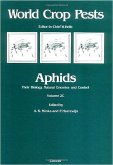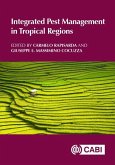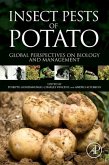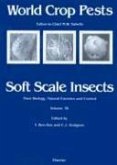Pest and disease management continues to challenge the agricultural community. The rise in new pest and crop problems juxtaposed with public concern over pesticide use and more stringent environmental regulations creates the need for today's agricultural producers to stay current with new technologies for producing quality crops profitably. Integrated Pest Management: An Ecological Perspective presents an overview of alternative measures to traditional pest management practices, utilizing biological control and biotechnology. The removal of some highly effective broad-spectrum chemicals, caused by concerns over environmental health and public safety, has resulted in the development of alternative, reduced risk crop protection products. These products, less toxic to the environment and easily integrated into biological control systems, target specific life stages or pest species. Predation - recognized as a suitable, long term strategy - effectively suppresses pests in biotechnological control systems. Integrated Pest Management: An Ecological Perspective covers these topics and more. It explores the current ecological approaches in alternative solutions such as: biological control agents, parasites and predators, pathogenic microorganisms, pheromones and natural products, as well as ecological approaches for management of invasive pests, rats, suppression of weeds, safety of pollinators, role of taxonomy and remote sensing in IPM and future projections of IPM. This book is a useful resource to entomologists, agronomists, horticulturists, and environmental scientists.
Hinweis: Dieser Artikel kann nur an eine deutsche Lieferadresse ausgeliefert werden.
Hinweis: Dieser Artikel kann nur an eine deutsche Lieferadresse ausgeliefert werden.

